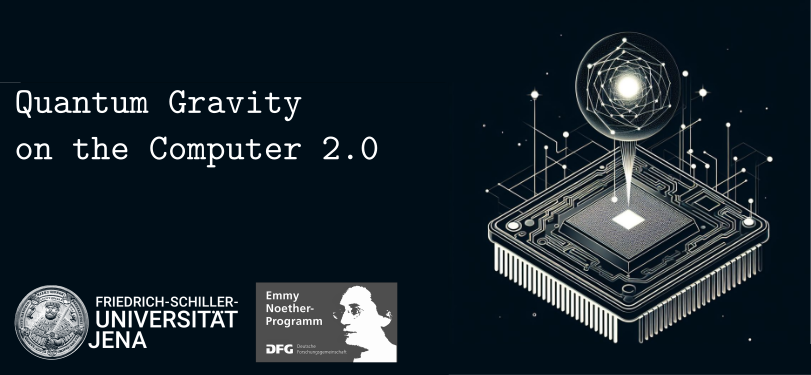Speaker
Description
We demonstrate a tensor renormalization group (TRG) calculation for a two-dimensional Lorentzian model of quantum Regge calculus (QRC). This model is expressed in terms of a tensor network by discretizing the continuous edge lengths of simplicial manifolds and identifying them as tensor indices. The expectation value of space-time area, which is obtained through the higher-order TRG method, nicely reproduces the exact value. The Lorentzian model does not have the spike configuration that was an obstacle in the Euclidean QRC, but it still has a length-divergent configuration called a pinched geometry. We find a possibility that the pinched geometry is suppressed by checking the average length squared in the limit where the number of simplices is large. This implies that the Lorentzian model may describe smooth geometries. Our results also indicate that TRG is a promising approach to numerical study of simplicial quantum gravity.

